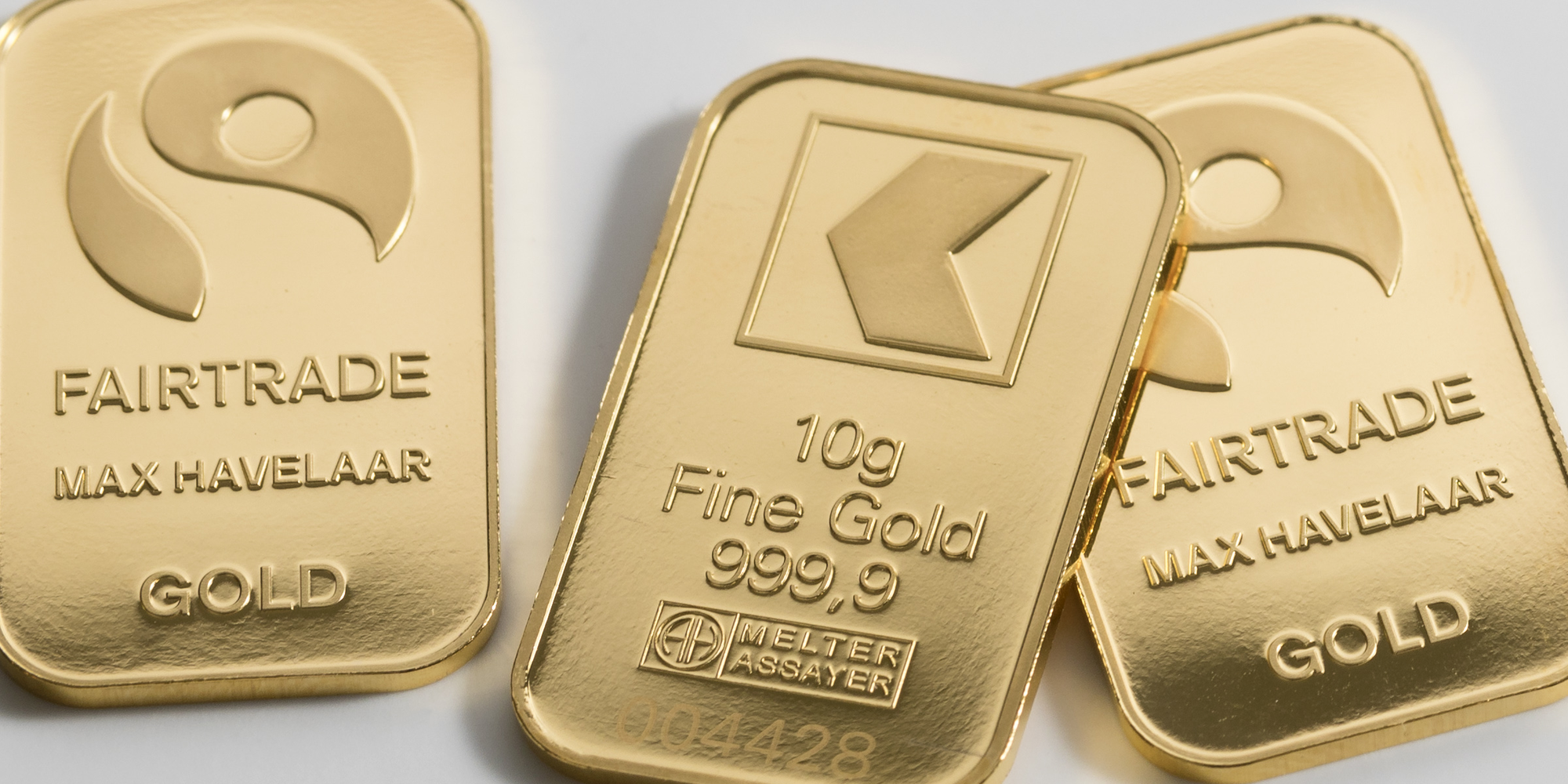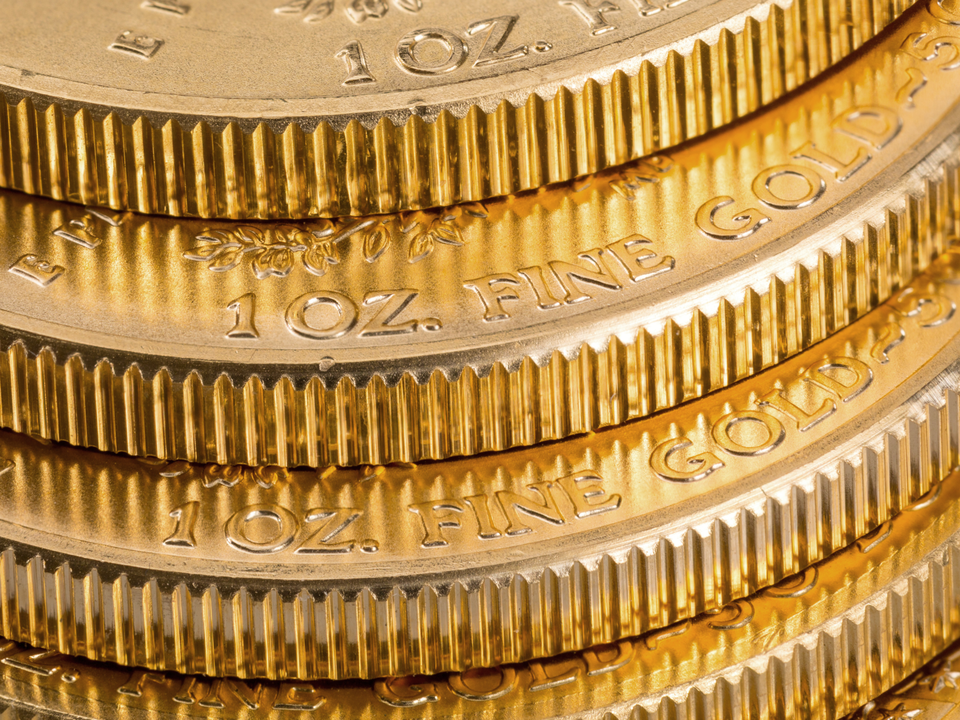How sustainable is gold?
Sustainability and impact investing are currently on everyone's lips. Financial firms are setting course for an environmentally and socially responsible future. Where does the industry stand in terms of ESG in gold? The mining of the yellow precious metal often goes hand in hand with a bad reputation due to its deleterious effects on the environment. It is also associated with conflicts, where it is linked to funding for wars and human rights violations. In addition to buyers of jewellery, sustainable financial investors are also increasingly paying attention to clean and conflict-free gold. A review of the situation.

Owners of gold are increasingly asking themselves questions:
- Was the gold in my wedding ring mined in an environmentally friendly manner?
- What are the working conditions and safety precautions for miners who extract the raw material?
- Is child labour used?
- Do the mines meet environmental standards?
To answer the question of how sustainable gold is, standards are necessary and they need to be monitored and transparent. The key here is to distinguish whether gold comes from small or large mining companies. In small mining companies, about 80 percent of all gold mine workers are employed in often dubious conditions; but these companies only account for around 20 percent of global gold production. In the case of these small mining companies (artisanal and small-scale mining), questions relating to formalisation (legality), market access (opportunity to sell gold), expertise and the working conditions of mine workers lie at the heart of the ESG analysis. Large-scale mines are often operated by large public-limited companies (e.g. Barrick Gold Corporation) and therefore have strict reporting obligations and are also closely monitored in the media. As Terry Norgate and Nawshad Haque report in their journal article, standards and transparency do not change the fact that gold production using current methods can only be had at the price of a high environmental impact in the form of energy and water consumption, the generation of greenhouse gases and overburden, and landscape consumption.
From dirty to clean gold
Various industry standards and quality seals have been established over the past few years to ensure that the yellow metal can be certified as sustainable:
Supranational recommendations
The framework for sustainable action is formed by various supranational agreements, which have to be adhered to by the members. This includes, among other things, the United Nations Global Compact, which comprises ten principles concerning human rights, child labour, the environment, etc. Furthermore, OECD guidelines help to curb trade in minerals that contributes to the financing of armed conflicts.
Industry standards
In addition to the supranational recommendations, various industry standards have established themselves that go one step further. The London Bullion Market Association's guidelines (LBMA Responsible Gold Guidance, Guidance Documents | LBMA) define a number of minimum standards for the responsible gold trade. Only gold bars that have a conflict-free origin (e.g. no connection with money laundering, terrorist financing or the abuse of human rights) are permitted.
The World Gold Council's Conflict-Free Gold Standards promise similar standards.
Quality seals
In recent years, NGOs and gold refineries have developed various initiatives and labels to ensure that gold has a clean origin. The most well-known examples include Fairtrade (Max Havelaar), Fairmined, Swiss Better Gold Association and Green Gold (Valcambi). Fairtrade gold focuses on the sustainability and fairness of the supply chain. Small-scale gold mines can be certified by complying with requirements focusing on fair pay and the safety of mine workers. Fairtrade gold is subject to a premium that enables investments in projects (schools and hospitals) in the production countries.
Recycling gold
Recycling gold is generally understood to mean the reprocessing of gold from jewellery and electronic waste. Although this gold does not need to be mined again, it still pollutes the environment due to the sometimes complex separation processes. The practice of re-melting, in which old gold bars are melted down and forged into new bars, is the most environmentally friendly method.

The choice for financial investors
How can institutional investors best invest in sustainable gold? In the case of gold futures and gold as a currency (XAU), transparency on the underlying gold is not a given. Here are some of the ways to take a more sustainable approach to gold:
Physical
One option for institutional investors is the purchase of physical bars, which can be attested to have a certain degree of sustainability. However, due to the limited quantity and small denominations, Fairtrade gold is not likely to be the first choice here. The proportion of Fairtrade gold is currently still negligible and is therefore more suitable for private investors.
Zürcher Kantonalbank is pursuing an extremely innovative path in the physical market by marking the mined gold at the mine. The refinery can later determine the origin of the gold and melt down this sustainable gold into bars in a separate production line. This method significantly increases transparency, which is often cited as lacking in sustainable gold. ZKB currently offers this gold in various bar sizes (from 250 g) or alternatively in the form of a certificate. A premium of CHF 160 per kilogram is charged, but this is repaid in the event of a resale.
ETFs, ETCs and index funds
Another option is to purchase gold ETFs or ETCs that have physical deposits. The trend is clearly moving towards LBMA-certified gold, but currently only a handful of providers (including Amundi Physical Gold ETC and Swisscanto Index Fund Gold Physical hedged CHF) can demonstrate complete holdings that have been mined in accordance with the LBMA guidelines. Fairtrade gold or similar is not (yet) possible due to the high requirements for trading volumes with ETFs and ETCs.
Multi-asset funds
Investors can also invest indirectly in gold through multi-asset funds. A non-representative analysis shows that funds domiciled in Switzerland are still in their infancy in terms of gold sustainability. Of the funds examined, the majority invest in gold ETFs/ETCs or index funds, which, as mentioned above, often do not yet have holdings that fully adhere to the LBMA Responsible Gold Guidance.
Opportunities to invest sustainably in gold
LBMAResponsible Gold Guidance |
Quality seals(including Fairtrade, Fairmined and Green Gold) |
Recycling gold |
|
Content |
Minimum standards on conflict-free gold origin |
- Fairtrade/Fairmined: Focus on small-scale gold mines (including safety and pay) - Green Gold: Focus on larger-scale gold mines (e.g. environmentally friendly mining methods) |
Gold is already accessible and does not need to be mined again |
Points of criticism |
- Monitoring - Transparency
|
- Origin is often unknown - Complex processes (exception: re-melting) |
|
Product range |
ETFs/ETCs/index funds/physical |
Physical (e.g. ZKB Fairtrade gold bars)
|
Physical |


